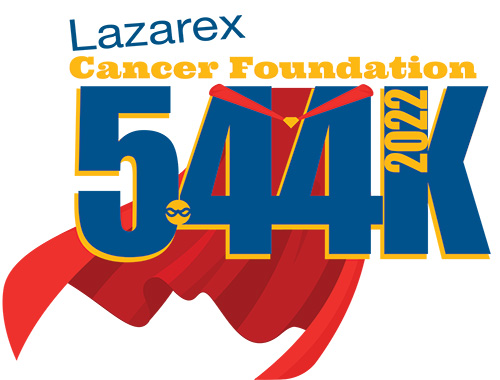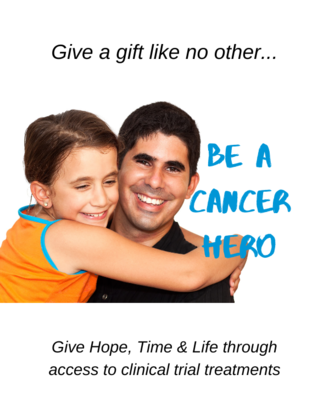The challenge is to integrate telemedicine into health care.
By Marya Shegog, PhD, MPH, CHES: Health Equity and Diversity Coordinator, Lazarex Cancer Foundation

Life has changed forever. COVID -19 inextricably changed the universe. It is amazing that this little virus changed the world. Just over a year ago there were many people getting sick, some survived, and many did not. It was a heart-breaking period. All that had access went home and stayed home. We closed our doors and had no where to go. Not even work. The lights went off on the Las Vegas strip maybe for the first time but most definitely one of the few times that has happened. There was no fountain show at the Bellagio and traffic was nonexistent.
Many of us took time to call loved ones to see how they were doing and felt hobbled by the quarantine in maintaining long distant relationships. All the sudden virtual meetings, parties and gatherings were the safe and responsible thing to do. Many of us attended too many virtual funerals for the first time and many more cried alone for the loss of loved ones.
But there is a silver lining.
For at least the last seven years there have been challenges in telemedicine: what it can be used for, how it can be implemented, who will pay for it and the ever persistent HIPAA considerations. This technological advance has been stymied by politics and money. In the meantime, people have struggled to get the mental and physical health care they needed within the confines of COVID restrictions
With the onset of Covid-19 the process was finally pushed over the tipping point and obstacles were removed. The systems and policies for people to receive a virtual health care diagnosis, follow up and some monitoring was established. The policy makers finally stopped balking at who was going to pay for it, migrated out of the Middle Ages to realize that care givers can provide care even if they are not in the office. Equally important, care givers had to modify their practices and learn new systems to accommodate the threat of the virus and the need for continued medical care.
Telemedicine medicine provided a platform for assessment, supported hospital avoidance, health education and mental health care. It facilitated access to health care through inclement weather and getting into rural areas. It inspired companies who continued to establish novel clinical drug trials throughout the pandemic to integrate telemedicine into their protocols and therefore reduce the burden on the participant. The expanded protocols alleviate travel for cancer patients who qualify and choose to participate in clinical drug trials. It serves to remove a barrier to participation and support diversifying the patient population that opt into clinical trials.

The reliance on the idea that minorities do not participate in drug trials was debunked. Methodically and purposely the makers of the Moderna vaccine proved that they could achieve a diverse population even in an expedited protocol with over 20% of the participants representing minorities (https://www.modernatx.com/covid19vaccine-eua/providers/clinical-trial-data). Although the demographic numbers did not reflect the current U.S. population it was better than most of the clinical trials today.
The challenge is not to return to “normal” or back to how things “used to be”. The challenge is to continue to integrate telemedicine into health care:
- Require more inclusive policies and payment/reimbursement systems.
- Require the drug companies to achieve greater diversity in their trials
- Integrate wearable technologies into clinical trials
- Reduce the burden on patients to receive health care
Finally, and most important establish the idea that drug discovery should not be a political act. Novel drugs to address crucial life-threatening conditions, like cancer, should be designed for the populations that experience the condition and a drug proven to work in one population is not a drug that’s approved for use in the United States.
Dr. Marya Shegog’s bio can be found here.




